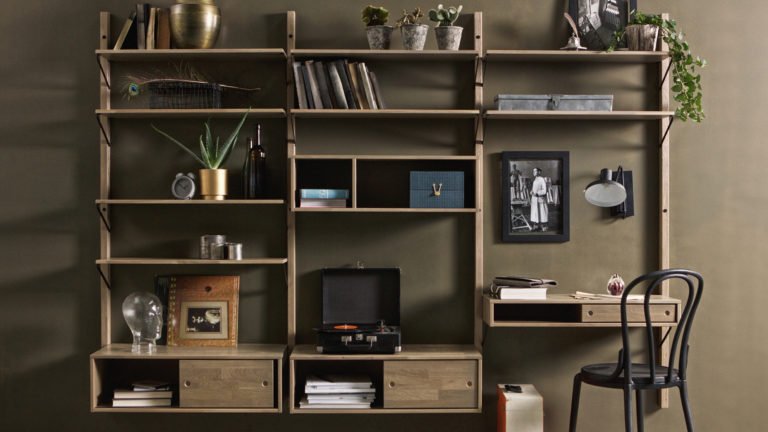Choosing the Right Ceramic Pot: A Guide to Plant Health
When it comes to keeping plants healthy, choosing the right pot is often overlooked, yet it’s one of the most important decisions you’ll make for your plants. While ceramic pots are a popular choice for both beginners and experienced gardeners alike, the wide variety of shapes, sizes, and features can make the selection process overwhelming. But worry not! This guide will walk you through everything you need to know about choosing the right ceramic pot to promote plant health, enhance your indoor space, and satisfy your green thumb.
Why Ceramic Pots?
Ceramic pots have been favored by plant enthusiasts for centuries, and for good reason. These pots are made from clay, and after being shaped, they are either glazed or left unglazed before being fired at high temperatures. Their timeless appeal lies in both their aesthetic charm and their functionality for plant care.
Ceramic pots come in various colors, designs, and textures, making them perfect for both modern and traditional decor styles. But beyond their visual appeal, ceramic pots offer several benefits to plant health, which we’ll explore further below.
The Benefits of Ceramic Pots for Plant Health
- Breathability: Unglazed ceramic pots, also known as terracotta, are porous. This means they allow air and water to move through the walls of the pot. For many plants, especially those prone to root rot or overwatering, this porosity helps keep the soil from becoming waterlogged by allowing excess moisture to evaporate. The airflow around the root zone can also encourage healthy root development.
- Temperature Regulation: Ceramic pots, especially thicker ones, act as natural insulators. They help maintain a more stable temperature in the soil, protecting your plants from rapid temperature fluctuations. In hot climates, this can prevent the roots from overheating, while in cooler environments, it ensures that the soil doesn’t get too cold too quickly.
- Weight and Stability: Ceramic pots tend to be heavier than plastic or other pot materials. This added weight provides stability, especially for taller or top-heavy plants like fiddle-leaf figs, snake plants, or rubber trees. This means less chance of your plant tipping over and more security for the root system.
- Aesthetic Appeal: While plant health is a top priority, it’s hard to deny the aesthetic benefits of ceramic pots. With the wide range of colors, textures, and designs available, ceramic pots can complement your interior design while giving your plants a more polished look.
How to Choose the Right Ceramic Pot for Your Plant
Now that we’ve covered the benefits and potential pitfalls, let’s explore how to choose the right ceramic pot to ensure your plant thrives.
1. Consider the Size
One of the most important factors when selecting a pot is its size. Plants need enough space for their roots to grow, but placing them in a pot that’s too large can lead to issues with excess moisture.
- For small plants or succulents: A pot that is just slightly larger than the root ball is ideal. The rule of thumb is to choose a pot that’s about 1-2 inches larger in diameter than the plant’s current container.
- For larger plants or trees: You’ll want to give the roots more room, but avoid going overboard. A pot that’s 2-4 inches larger in diameter is usually sufficient. This allows the plant room to grow without holding excess water that can lead to root rot.
2. Drainage Holes Are a Must
Drainage is crucial for plant health, as it prevents water from sitting at the bottom of the pot and causing root rot. Look for ceramic pots with drainage holes at the bottom. If you fall in love with a ceramic pot that doesn’t have a drainage hole, you have a few options:
- Drill a hole yourself: Some ceramic pots can be carefully drilled to create drainage, but it’s important to use the right tools and take precautions to avoid breaking the pot.
- Use a liner: Place your plant in a smaller plastic nursery pot with drainage holes, and then place the nursery pot inside the ceramic pot. This way, you can remove the plant to water it and allow the excess water to drain before putting it back.
- Add a layer of rocks or pebbles: While not a perfect solution, adding a layer of small rocks or pebbles at the bottom of the pot can create some space for water to collect away from the roots. Just be cautious, as this doesn’t replace proper drainage.
4. Match the Pot to the Plant’s Growth Habit
Consider the growth habit of your plant when choosing a pot shape:
- Shallow pots: Ideal for plants with shallow root systems, such as succulents or bonsai.
- Deep pots: Necessary for plants with extensive or taproot systems, like trees or certain herbs like rosemary.
- Wide pots: Best for plants that spread out horizontally, like spider plants or ferns.
Caring for Your Ceramic Pots
Ceramic pots can last for years if cared for properly. Here are a few tips to ensure they remain in good condition:
- Clean the pots regularly: Over time, mineral deposits can accumulate on unglazed pots, especially if you’re using tap water. Wipe them down with a damp cloth or scrub with a soft brush to remove any buildup.
- Handle with care: While ceramic pots are durable, they can break if dropped or knocked over. Be mindful when moving them, especially larger, heavier pots.
- Winter care: If you’re using ceramic pots outdoors in a cold climate, bring them indoors during freezing temperatures, as the moisture in the pots can expand when frozen, causing them to crack.
Conclusion
Choosing the right ceramic pot is more than just a decorative decision—it’s about promoting plant health and supporting their growth. By considering factors like size, drainage, material (glazed or unglazed), and matching the pot to your plant’s specific needs, you can create an optimal environment for your plants to thrive. Whether you’re a seasoned gardener or just starting your plant journey, ceramic pots can be an excellent choice, combining beauty, functionality, and long-lasting durability. Happy planting!







